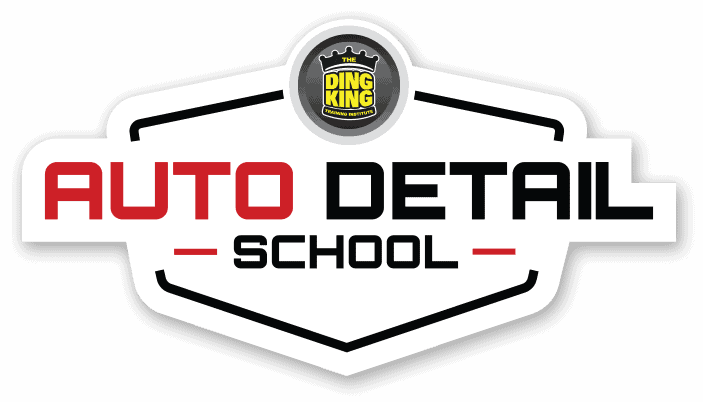PPF (Paint Protection Film) is a thin polyurethane film used to protect a vehicle’s paint finish from damage. Here are some important facts about PPF for those interested in auto detailing training or adding PPF services to their auto detail business:
- PPF Differs from Vinyl Wraps: While vinyl wraps are also applied to paint finishes, PPF has distinct advantages. PPF is transparent, lightweight, and designed for protection rather than just stylistic improvement. It allows the original finish to shine through and is much thinner than vinyl, measuring only six-thousandths of an inch in thickness.
- Military Origins: PPF was initially developed for military purposes during the Vietnam War. It was used to protect helicopter rotor blades from debris and shrapnel damage. Over time, PPF found its way into the racing industry and is now commercially available for automotive use.
- Professional Installation: Installing PPF requires expertise and precision. It is a job best left to professionals with auto detailing training. Proper surface preparation, precise cutting, squeegeeing, and heat activation are crucial steps in ensuring a seamless installation. Attempting to install PPF without proper training can lead to damage to the vehicle’s paint.
- Protection against Oxidation: PPF helps protect the paint from small scratches, acid, bugs, bird droppings, mineral deposits, and oxidation. By reducing exposure to moisture, UV light, and other elements, PPF acts as a barrier that minimizes the risk of oxidation, which can lead to rust formation.
- Self-Healing Properties: Modern PPF is designed with self-healing properties. The elastomeric polymers in the film can absorb and recover from light scratches or disfiguration, maintaining a smooth and pristine appearance. However, larger debris or neglecting proper maintenance can still damage PPF.
Overall, PPF is a valuable addition to an auto detailer’s repertoire. Its protective qualities, self-healing capabilities, and ability to enhance the longevity and appearance of a vehicle’s paint make it an appealing service for clients seeking long-lasting paint protection.
Hailstorms are a frequent occurrence in many regions, often causing extensive damage to vehicles with quarter to golf-ball-sized dents on every panel. Recognizing the need for efficient restoration, insurance companies globally endorse Paintless Dent Repair (PDR) as the “Preferred Method” for hail damage repair. At The Ding King, we offer specialized Hail Repair Training and Paintless Dent Repair Courses, preparing individuals to become skilled PDR technicians and tap into the burgeoning auto industry market.
Opportunity in Dallas, TX: We are currently seeking proficient PDR Hail Technicians to join our Hail Squad in Dallas, TX. For more details, please contact [email protected].
Benefits of Choosing PDR: To avoid traditional body shops and preserve your vehicle’s value, our high-quality PDR process offers several advantages:
- Cost-Effectiveness: PDR is a more cost-effective option compared to traditional methods, eliminating the need for extensive bodywork or repainting. Skilled technicians can manipulate the metal from behind the panel, restoring it to its original shape without costly materials and labor.
- Time-Efficiency: PDR is a quicker process, avoiding the use of harmful chemicals, body filler, or lengthy paint curing times. This results in faster turnaround times, getting vehicles back on the road promptly while saving money on labor costs.
- Preservation of Original Paint: PDR is a non-invasive technique that preserves the vehicle’s original factory paint finish, eliminating the risk of color mismatches or overspray. This ensures the vehicle maintains its original appearance and resale value.
- Environmentally Friendly: PDR is considered a more environmentally friendly option as it does not involve the use of fillers, chemicals, or paint. The specialized tools used in PDR make it a greener choice for hail damage repair.
- Retention of Value and Appearance: By preserving the original paint and finish, PDR helps maintain the vehicle’s value. Traditional repairs involving repainting can potentially lower the vehicle’s value, making PDR the preferred choice for both car owners and insurance companies.
Conclusion: The PDR process, utilizing specialized tools to massage dents into their original shape without harsh chemicals, offers a cost-effective, time-efficient, and environmentally friendly solution for hail damage repair. Its ability to preserve the original paint and retain the value of the vehicle makes PDR the preferred choice for both car owners and insurance companies alike.

